Features of the
The terracotta shade got its name in honor of terracotta - fired clay and products made from it. From Italian "terracotta" is translated as burnt earth.
Terracotta color Is a shade obtained by mixing red and brown. In some shades, there is a red undertone. Unlike pure orange, terracotta tone is soft and very natural, even natural.
Features of using complex clay color:
- Natural origin requires a special attitude: it is best combined with the same natural neutral shades.
- So that a room in terracotta color does not look ridiculous, you should not dilute it with acidic, artificial, bright colors.
- The terracotta scale is warm, so it's easy to overdo it. It should be used especially carefully in sunny rooms.
- Harmonious distribution: light shades for walls and large surfaces, dark, saturated - for furniture, decor.
Thanks to the orange terracotta palette inside, the interiors are emotional, lively, cheerful. Being in a terracotta room, people feel a surge of energy, harmony, happiness. The red-brown range is the choice of confident people who know the value of home comfort.
Shades
Terracotta color, like ceramic products, can be completely different: depending on the percentage of the three components (red, brown, orange) and their saturation. Terracotta shades start with a muted almost beige, work through a bright carrot and end in an almost pure brown.
The main variant that appears to the majority when the word "terracotta" is dark. The color of a deep red brick, fired clay pot. The light shade in temperature is the same, but has a lower saturation - close to salmon, but more earthy.
By changing the ratio of pink-scarlet and orange colors, you get a red terracotta - similar to mahogany, but lighter. Or orange - a warm shade reminiscent of rust.
Pictured is a bedroom in the shade of terracotta
What colors go well with terracotta?
We briefly touched on this topic in the first section: with terracotta in the interior, the same calm natural colors look best.
Classic duo - a couple of warm colors. Combine with yellow, orange, pink. True, this use of terracotta color in the interior is permissible only in cold rooms, where the sun does not fall.
Advice! Terracotta blends with itself: a monochrome interior with the use of its different shades will never look boring.
Brighter and more original symbiosis - blue and terracotta in the interior. Colors opposite each other in Itten's circle form a contrasting active pair. Blue dampens the excessive warmth of a redhead, terracotta adds charm to a cold blue.
To make the contrast softer, you need to combine red-brown with green.Shades - from grassy to turquoise. The colder the companion is needed, the more blue subtone should be in the selected color.
Important! The classic rule for choosing a pair is the same brightness: dark blue to rich terracotta, pastel yellow to light.
If an overly colorful design doesn't work, use a combination of terracotta with basic neutrals. Cold white or gray will muffle and favorably emphasize the color of the brick, beige or milky will bring its warmth and coziness to the fore. Against a black background, red-brown furniture will literally glow, attracting attention.
The photo shows a combination of light brick with green
Finishing options
Most often, terracotta color is used on the walls. And if you do not want excessive contrast, use a light terracotta color in the interior. For an accent surface, a bright orange brick is suitable.
The easiest way to decorate walls is paint. Manufacturers provide the possibility of tinting in a huge range of tones, including both saturated and muted. You will have to look for suitable wallpapers, but their choice should not be a problem either.
Often terracotta shades in the interior are represented by brickwork: real or imitated.
Terracotta flooring in the interior only seems to be a rarity: in fact, in stores there is a large selection of tiles and porcelain stoneware in this shade. When choosing a floor covering, keep in mind that the terracotta color of the floor should be darker than the walls, but not too dark.
It is better to leave the ceiling white or choose another neutral shade for it, the red-orange from above will crush.
In the photo there is an accent wall in the dining room
Terracotta furniture
Usually colored upholstered furniture is chosen: armchairs, sofas, chairs. Thanks to the wide range of upholstery fabrics, terracotta can be pink, orange or brown. The texture also varies: if dark tones, like burgundy, look better with a wicker mat.
The photo shows a bright U-shaped sofa
Cabinet furniture, of course, can also be brick-colored. But since this tone is accent, buying a whole orange set is not worth it (the exception is the terracotta kitchen). A sideboard or chest of drawers is enough in the living room or hallway, and a sideboard in the dining room.
If you want to make a small accent on the red color, put a pouf or a couple of chairs.
Examples of the use of terracotta curtains
Terracotta curtains are a bright accessory that requires a neutral background. Only over plain white, gray, beige walls, curtains will attract attention and look harmonious, not clumsy.
The type of curtains is chosen based on the functionality of the room: in the living room or bedroom - heavy dense curtains, in the nursery - compact Roman curtains, in the kitchen - transparent tulle or original cafe curtains.
Decor and accessories
Terracotta accessories are divided into 2 types: textiles and decorative ornaments. The first includes pillows, blankets, bedspreads. In the kitchen, these can be tablecloths, napkins, aprons, pillows on chairs.
Often, a red shade is used in carpets: both warm monophonic with a long pile, and homespun country-style rugs, alternating an orange pattern with beige, brown, gray.
The photo shows a brown-orange carpet in the living room
Non-textile decor includes paintings, posters, figurines, vases, beautiful dishes. Terracotta goes well with green, so ceramic planters will always come in handy.
The brick-red lampshade on the lamp is also a kind of decoration. Light passing through it becomes warm and fills the space with comfort. Recommended for bedrooms, lounges, living rooms.
How does it look in the interior of the rooms?
The perception of terracotta color in the interior does not limit its use. Unlike pure red, terracotta is suitable for living rooms, kitchens, nurseries and even bedrooms.
Living room
The terracotta sofa in the living room interior is a bright accent that attracts the attention of guests.Having such a piece of furniture in the hall, you do not need to think over complex decor - the entire environment can be left basic.
It is permissible to focus not on furniture, but on the wall. The color goes well with interesting textured plaster (rain, stains, bark beetle) and creates a positive mood in the main room of the house. But the easiest way to achieve a shade is by exposing the red brickwork (of course, if you live in a brick house) or by creating an imitation of it.
Kitchen
Three options for using brick in the kitchen:
- Facades headset... Gloss orange looks too clumsy and outdated, more modern option: matte surface. The texture itself mutes the active tone, making it more pleasant to perceive.
- Apron... If a bright spot is vital, but you don't want to order terracotta furniture - select an apron! There are a great many ways: brick, covered with glass, tiles or porcelain stoneware, skinned.
- Lunch group... Chairs only seem to be an inconspicuous element - make them red and they will grab all the attention!
Bedroom
No matter how the brown undertone softens the aggressiveness of red, the abundance of combinations in the bedroom is fraught with insomnia. Do not give up using it altogether: just place the color behind bed... In the form of an accent wall or a soft, cozy headboard.
Another option is carpet. Waking up in the morning is nice to put your feet not on the cold laminate, but on the soft fluffy bedside rug. And to see its color in the morning means not just waking up, but waking up in a good mood.
Children's room
A nursery in terracotta color is not the most popular solution. However, this shade combines the positivity of orange and the energy of red - which means it is suitable for inactive melancholic children. Terracotta energizes, gives strength, stimulates creativity.
In small doses (pillows, carpet, pouf) can be used even in the rooms of hyperactive children.
Hallway
Make the walls of the corridor red and orange so that every guest who enters from the doorway is charged with the positive energy of your home. And the owners will be pleased to return to such a sunny apartment every time.
Bathroom
In the kitchen section, we already mentioned that glossy terracotta is too active. Therefore, it is better to refuse from orange glazed tiles in the bathroom. Use matte porcelain stoneware or paint.
Balcony
You can fill the loggia with a sunny mood using a soft armchair with red-red upholstery or small accessories: pillows, rugs, curtains.
Photo gallery
Do not be afraid to use complex shades in the interior. When used correctly, they will fill your home with warmth and comfort.

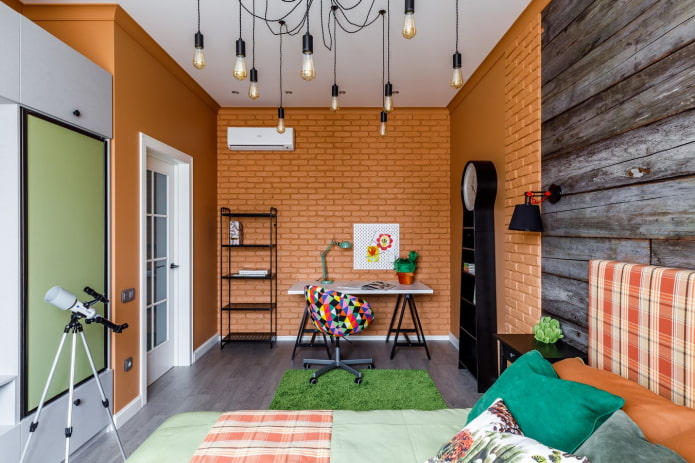
 10 practical tips for arranging a small kitchen in the country
10 practical tips for arranging a small kitchen in the country
 12 simple ideas for a small garden that will make it visually spacious
12 simple ideas for a small garden that will make it visually spacious
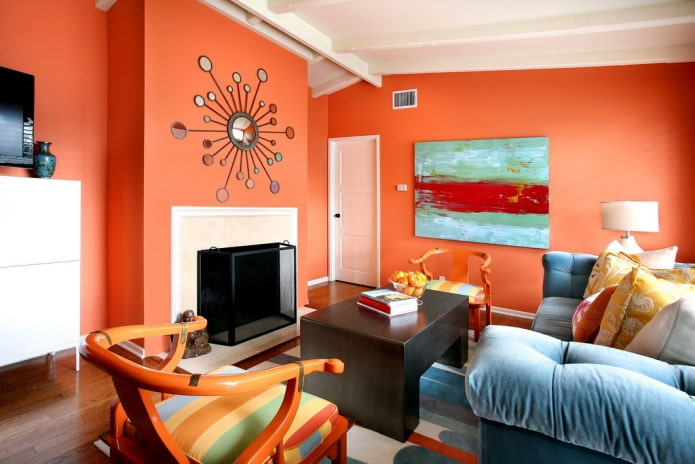
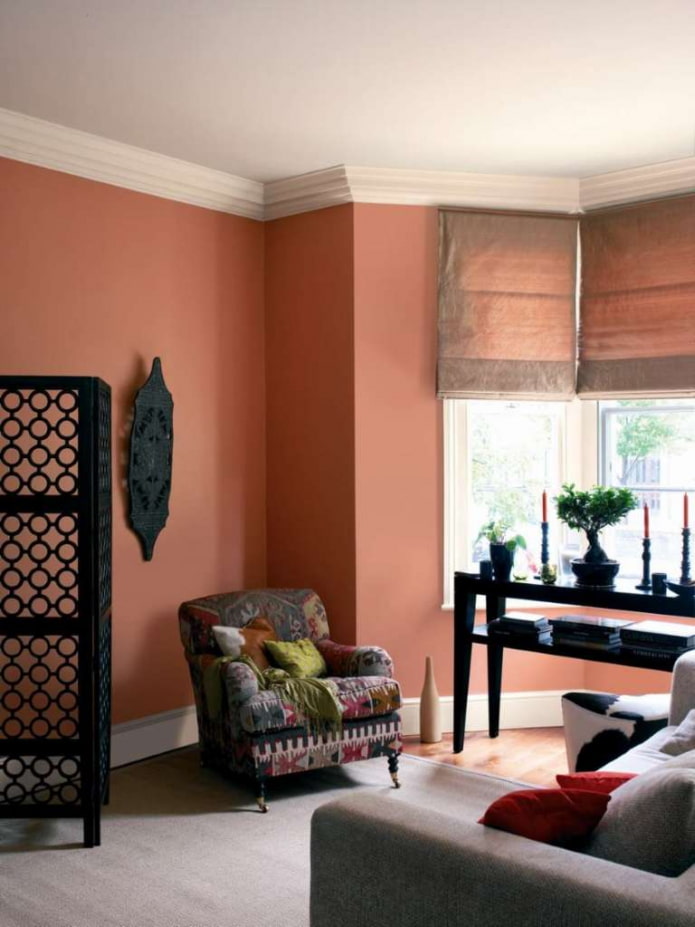

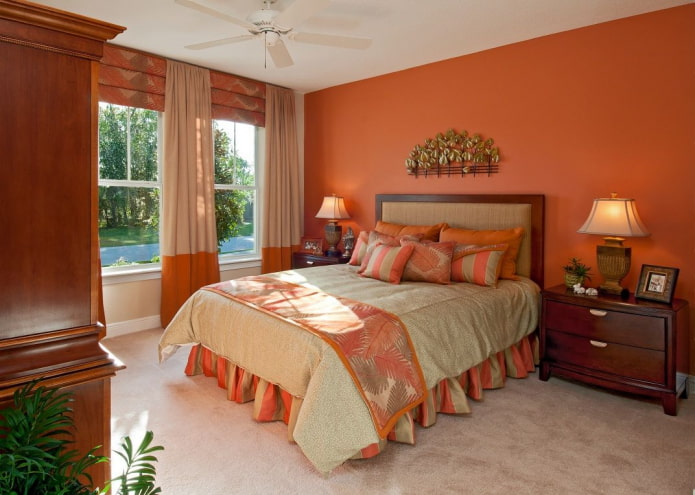

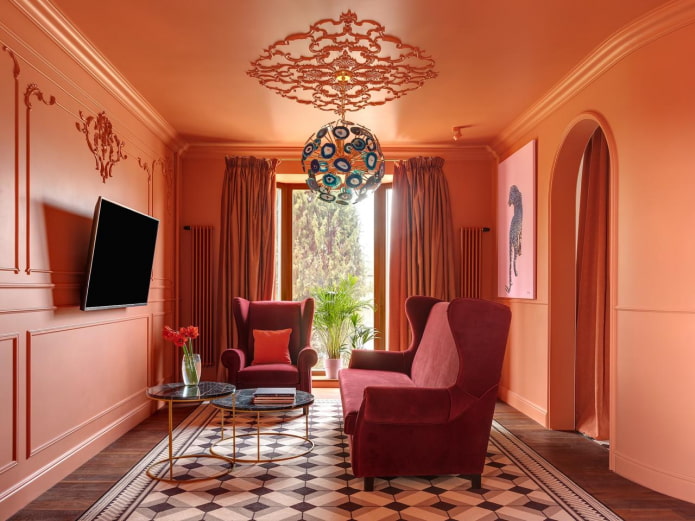
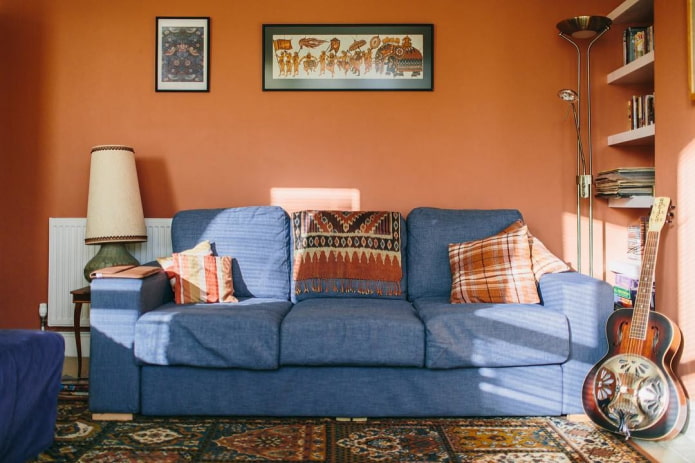
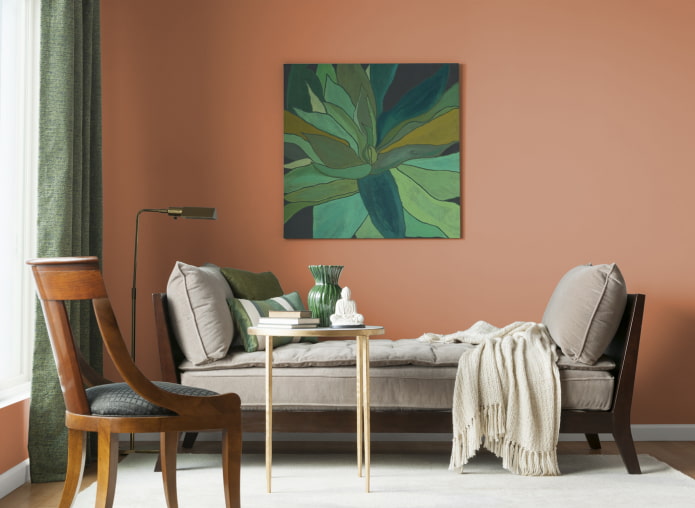
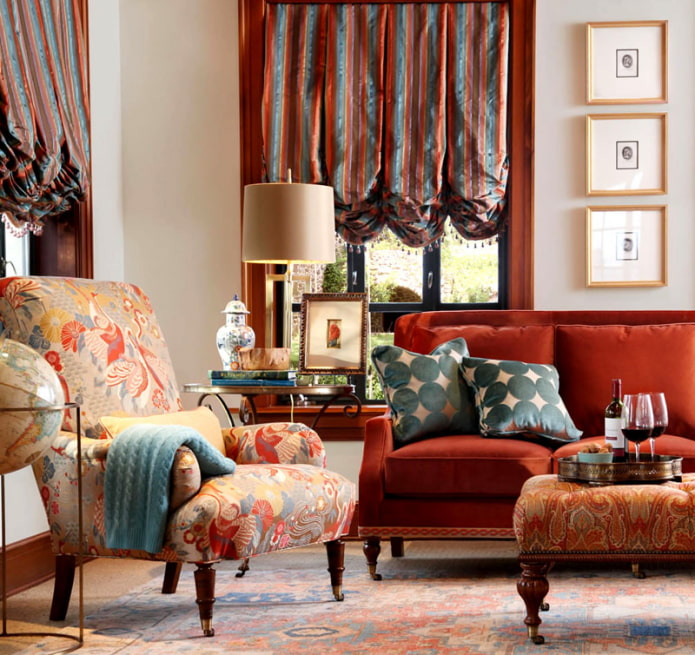
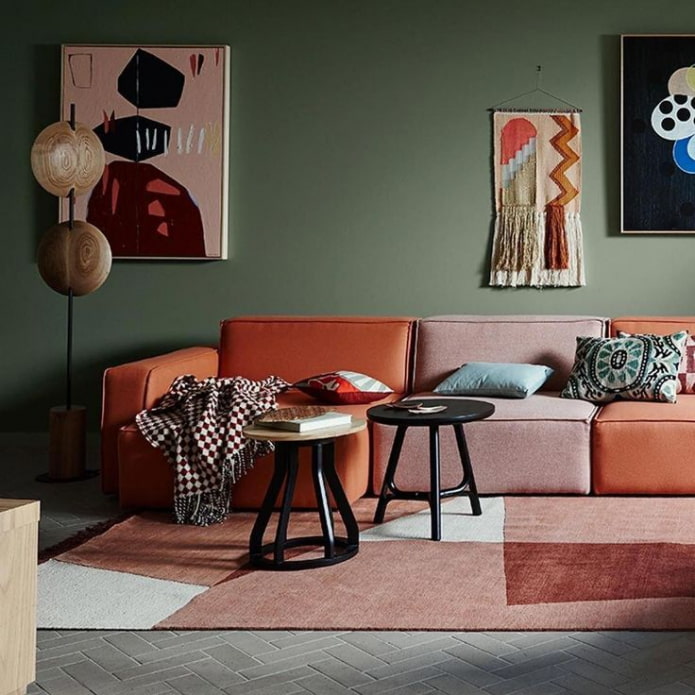
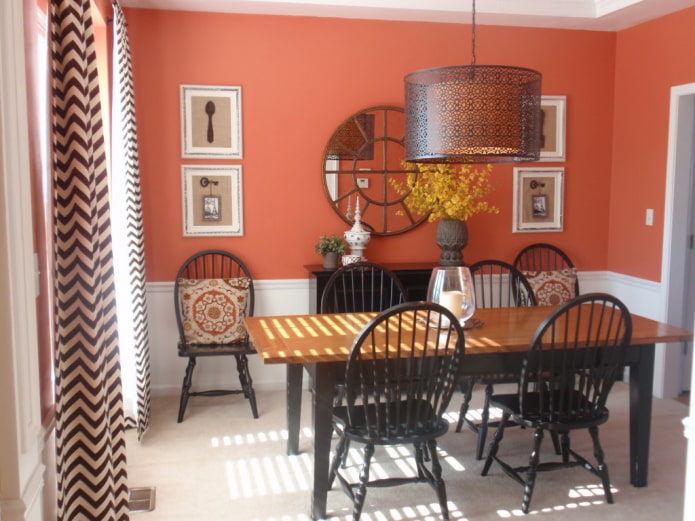

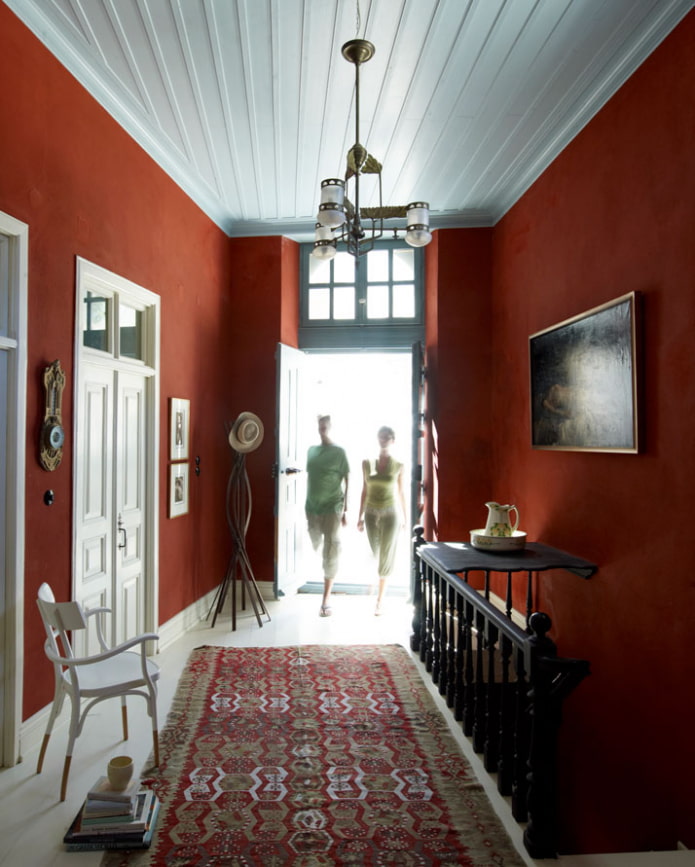
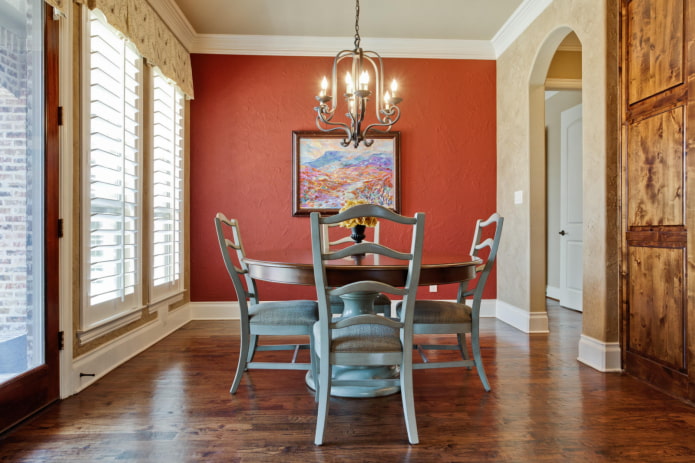
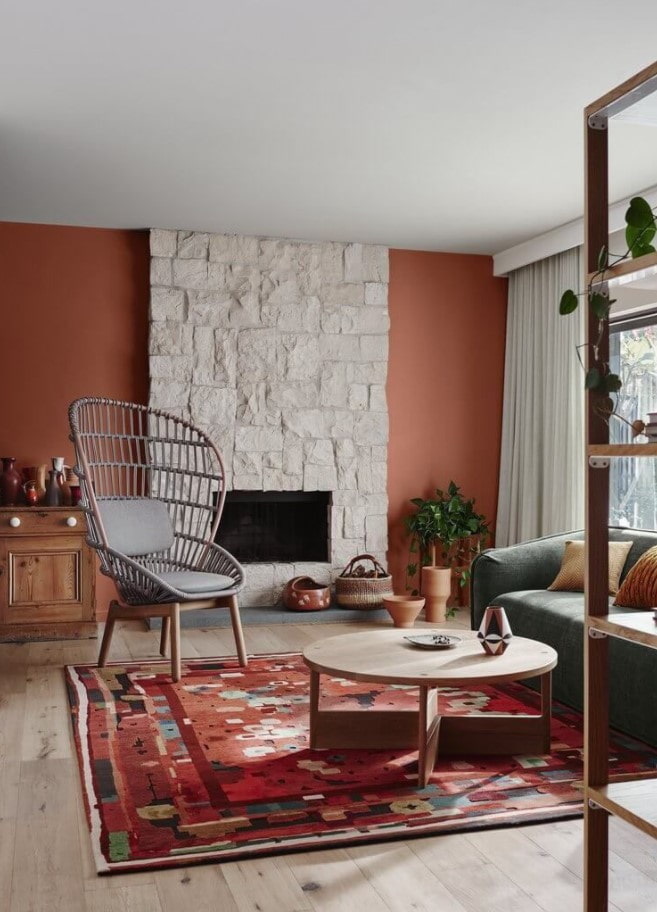
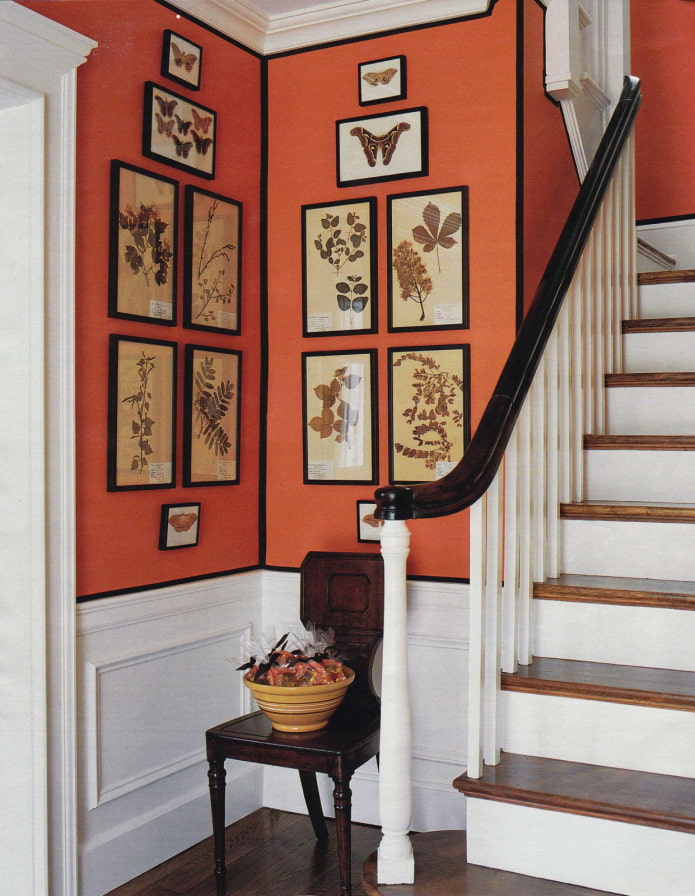
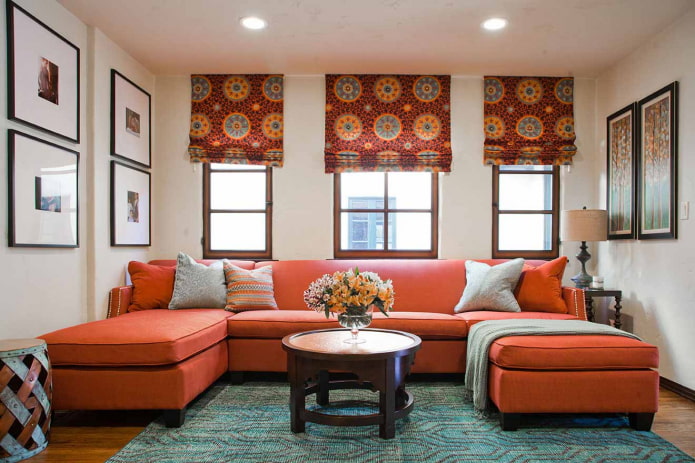
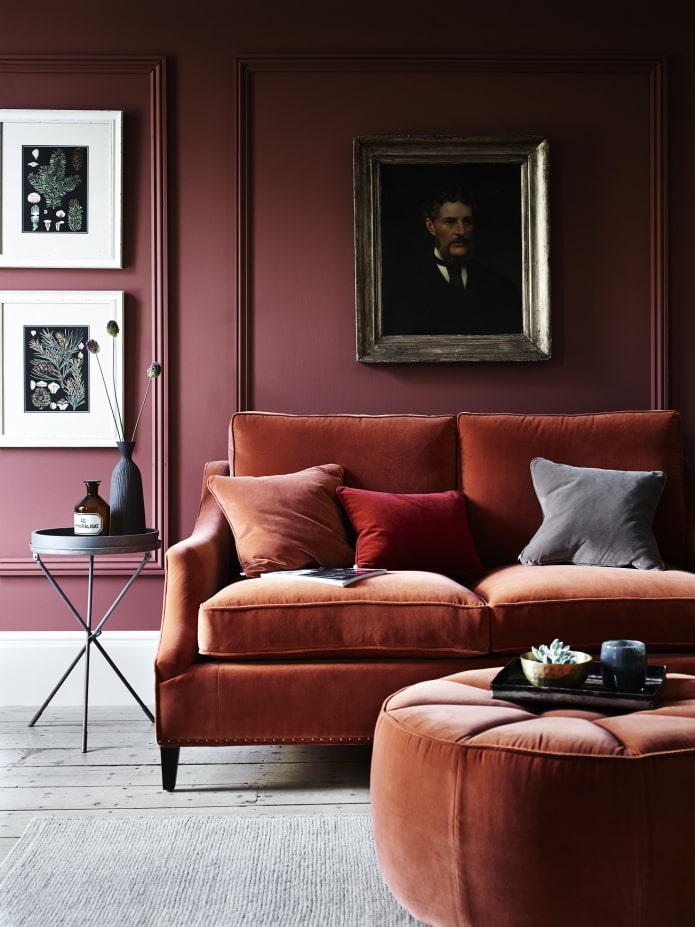

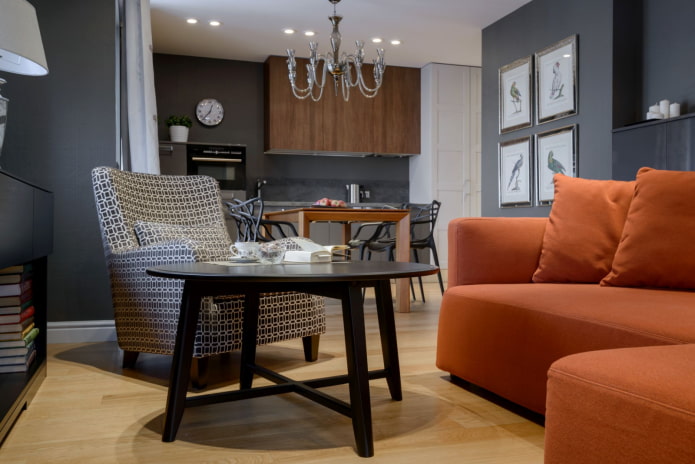
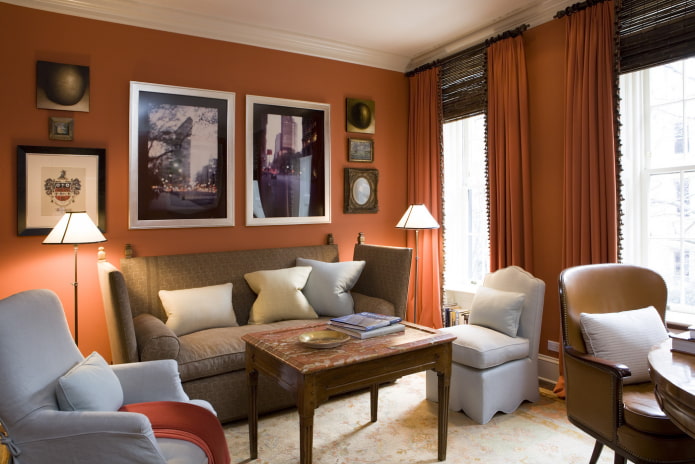
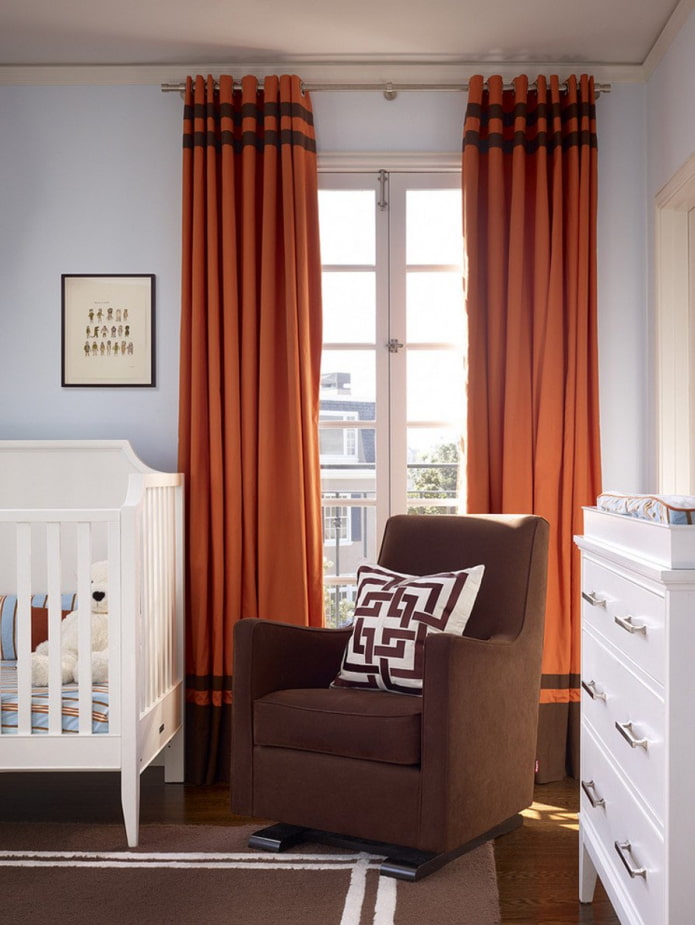

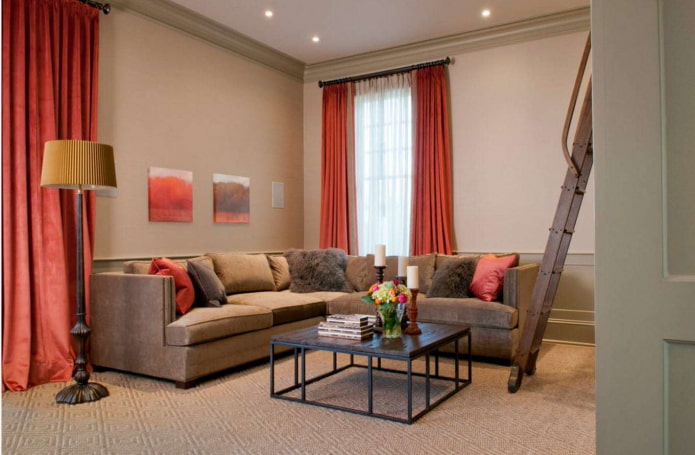
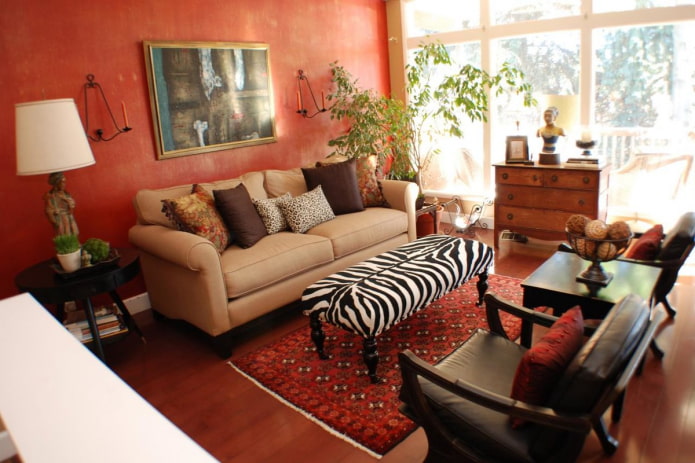

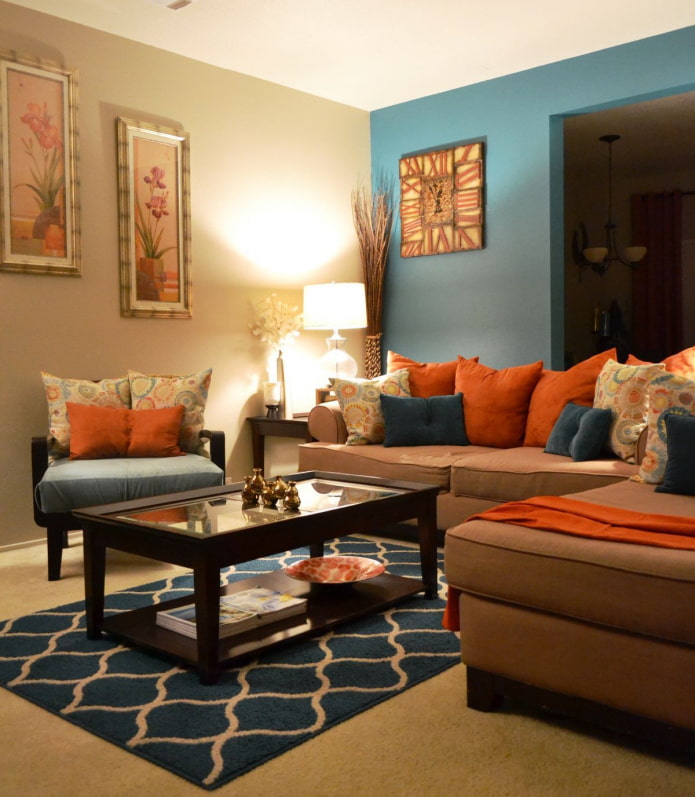
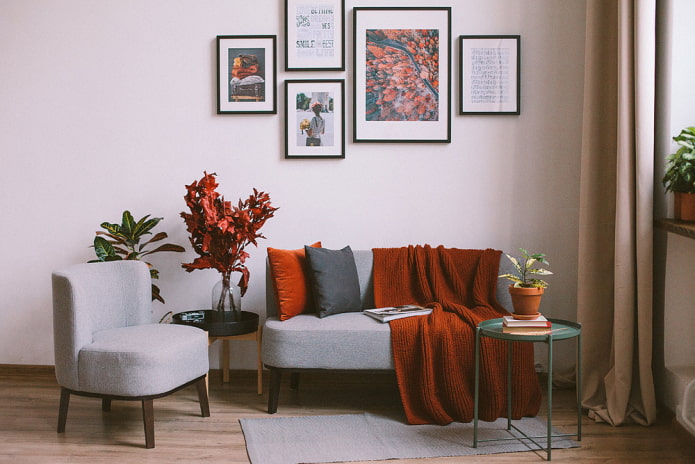



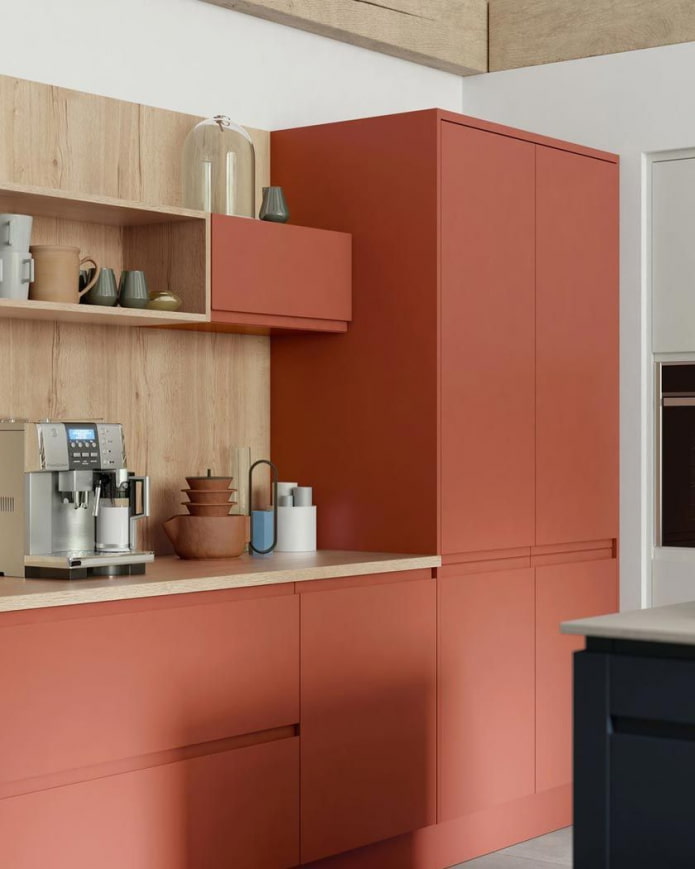

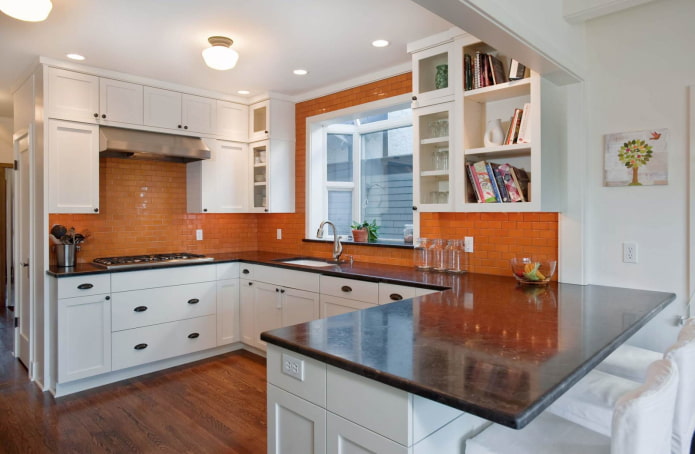
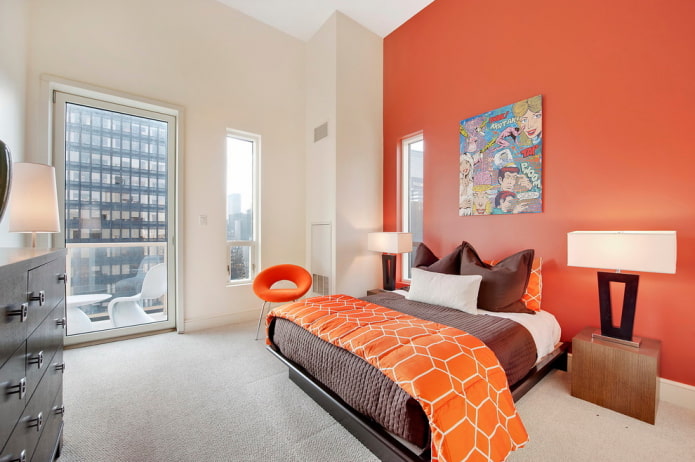
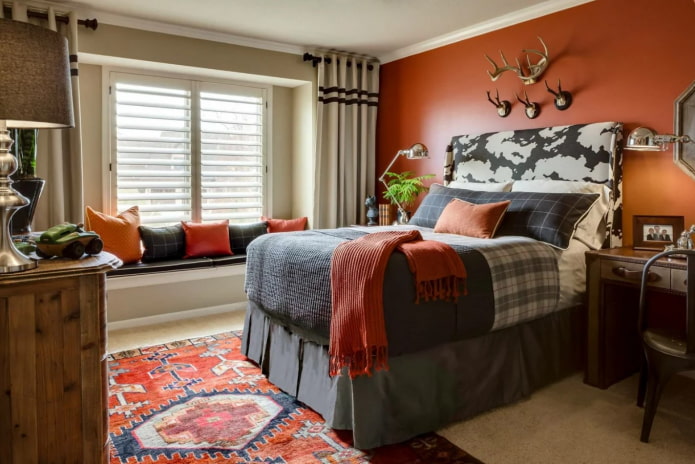
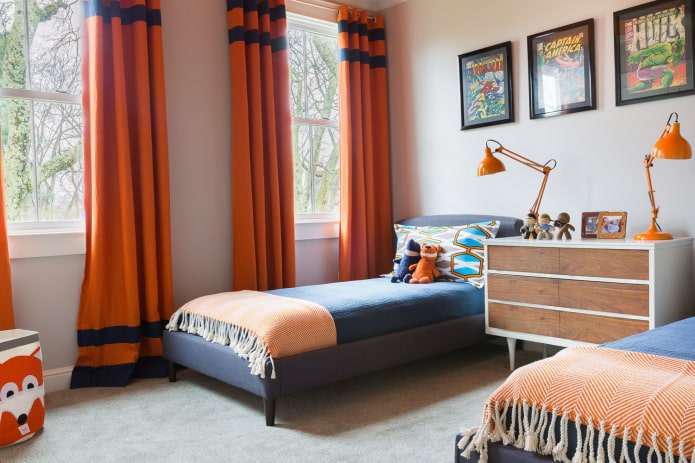
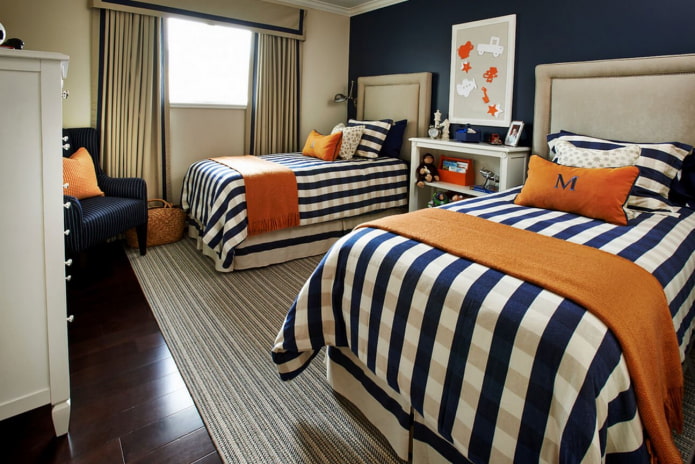
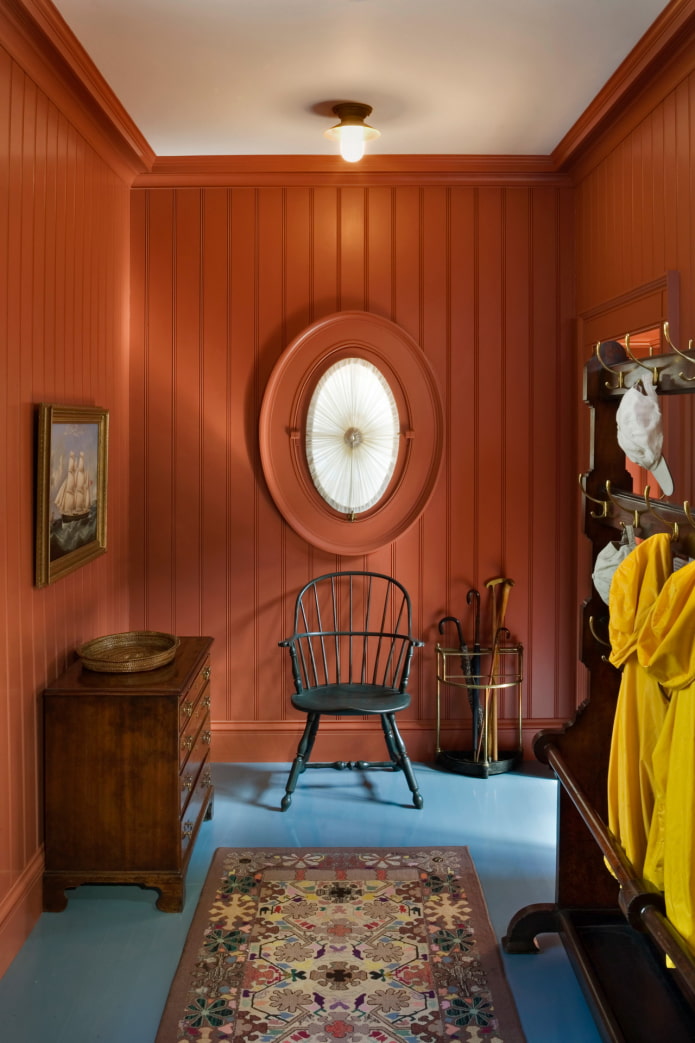
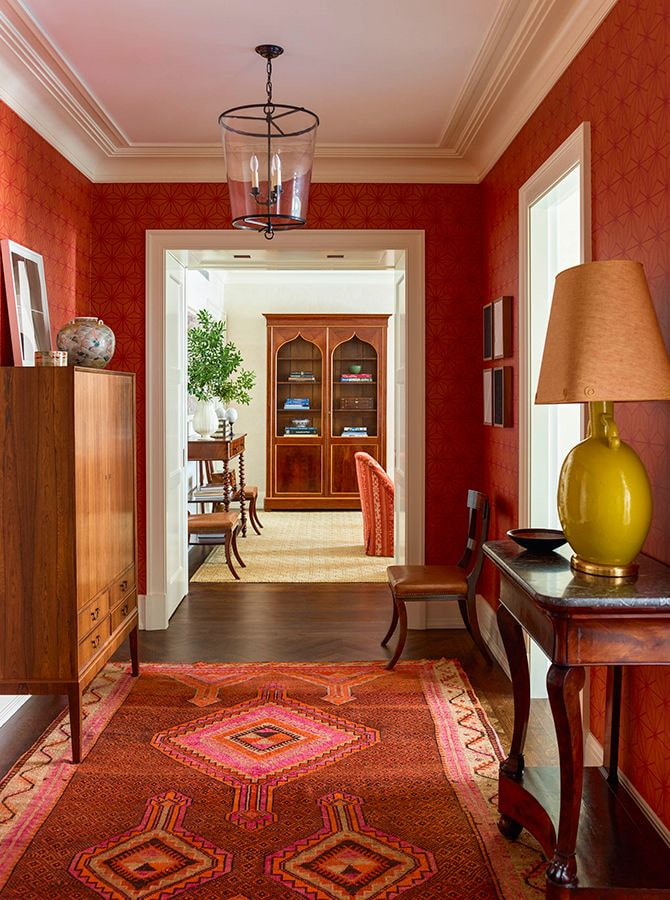
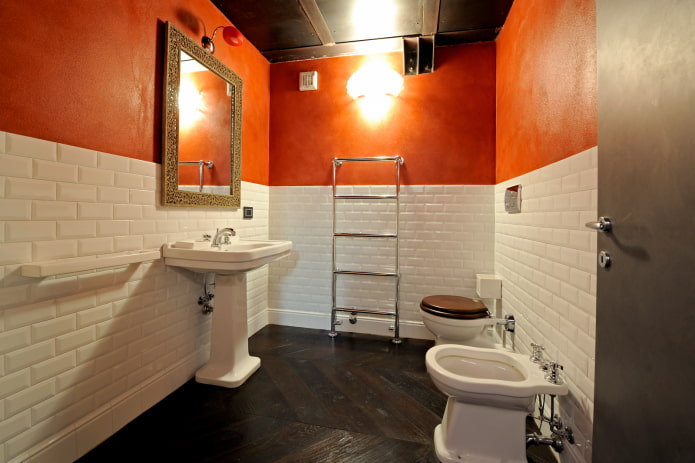
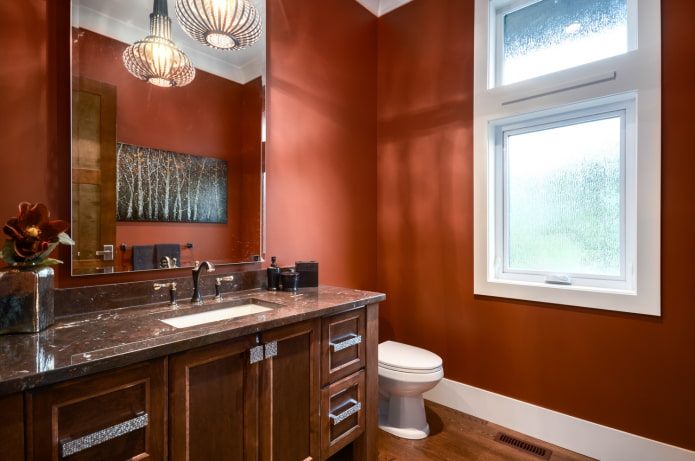
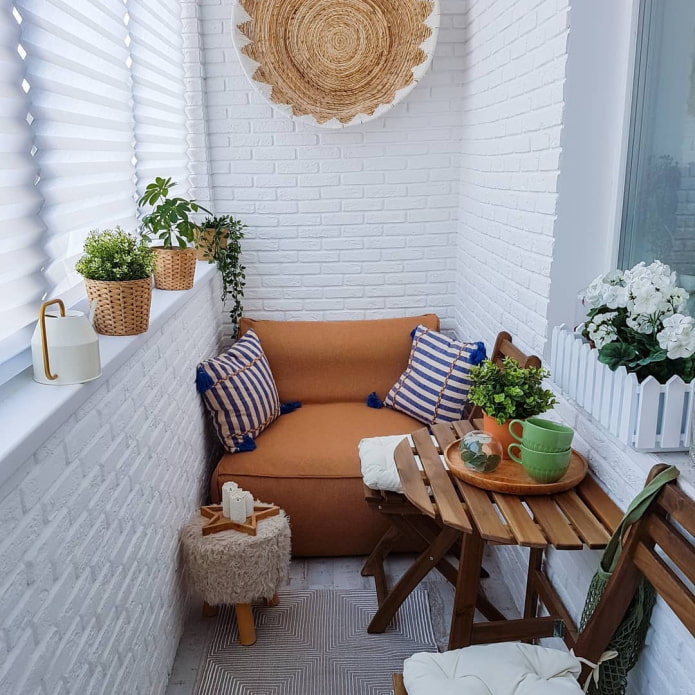
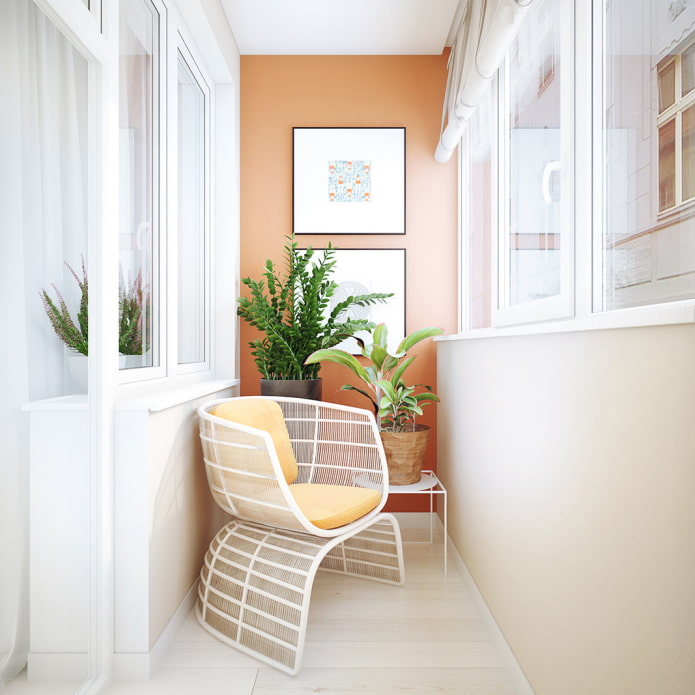
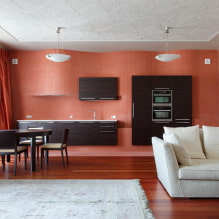
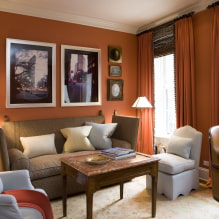
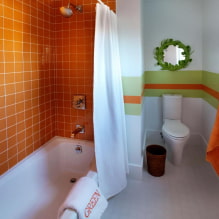
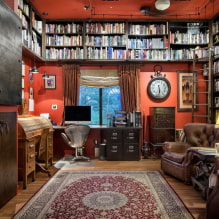
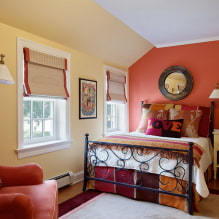
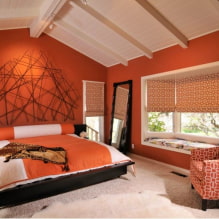
 13 bad habits a good housewife shouldn't have
13 bad habits a good housewife shouldn't have 24/7 home cleanliness - 4 secrets for the perfect housewife
24/7 home cleanliness - 4 secrets for the perfect housewife 6 hotels in Sochi that will give odds to the promoted foreign hotels
6 hotels in Sochi that will give odds to the promoted foreign hotels Top 10 interior design trends 2020
Top 10 interior design trends 2020 Rating of cheap TVs with Smart-TV
Rating of cheap TVs with Smart-TV New Year's LED garlands on AliExpress - we disassemble while it's hot, so that it's bright at home
New Year's LED garlands on AliExpress - we disassemble while it's hot, so that it's bright at home